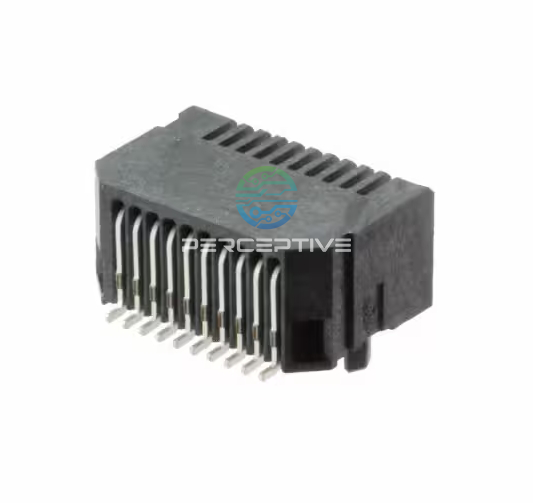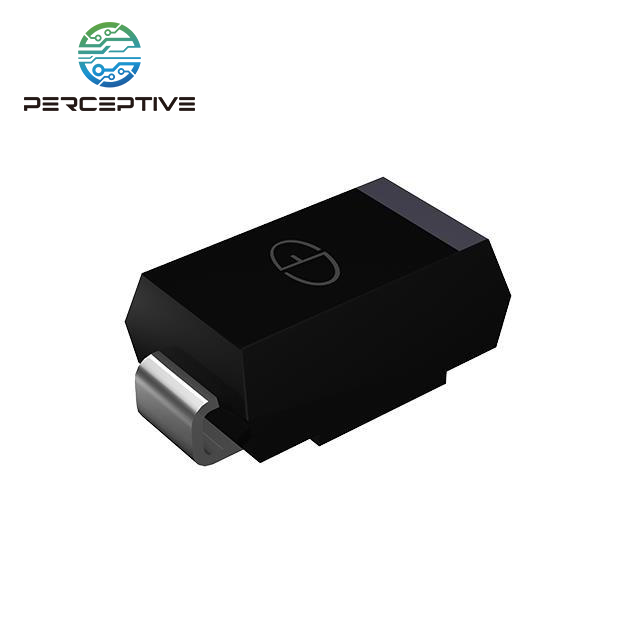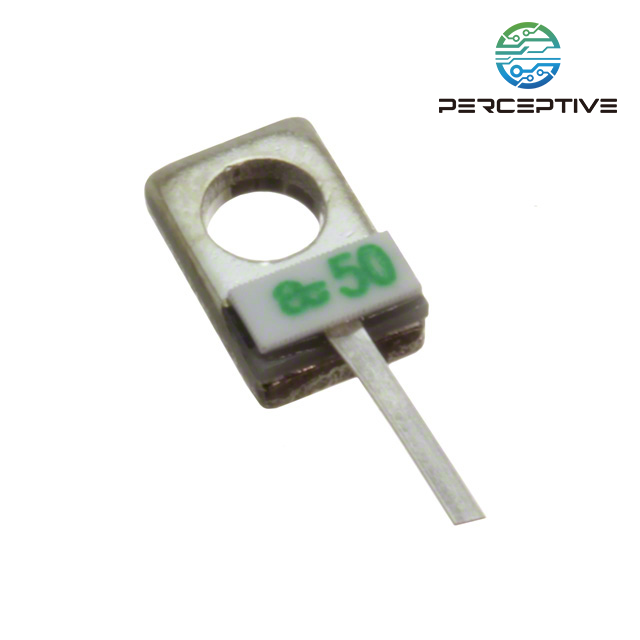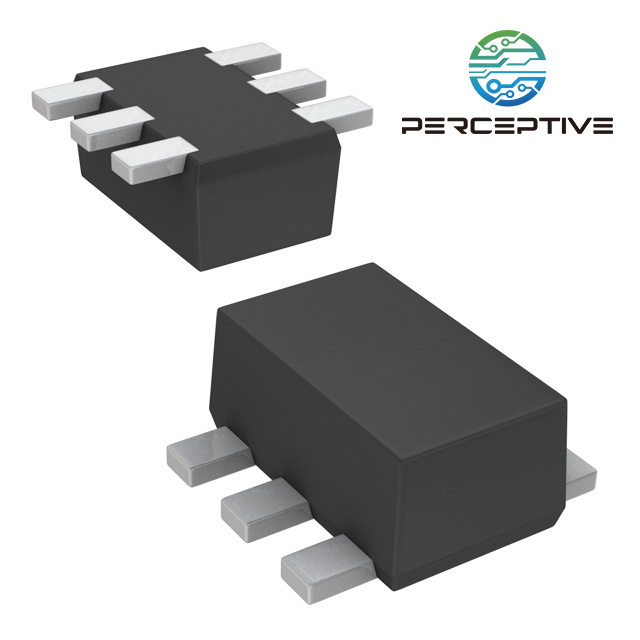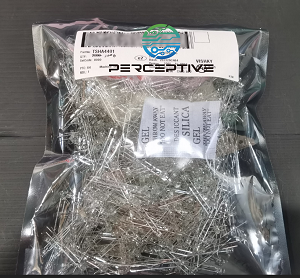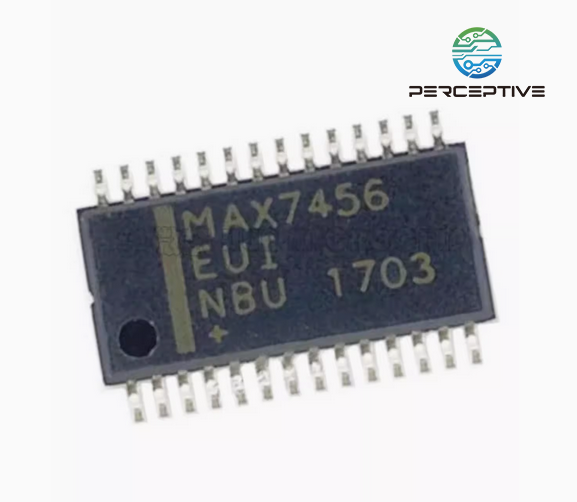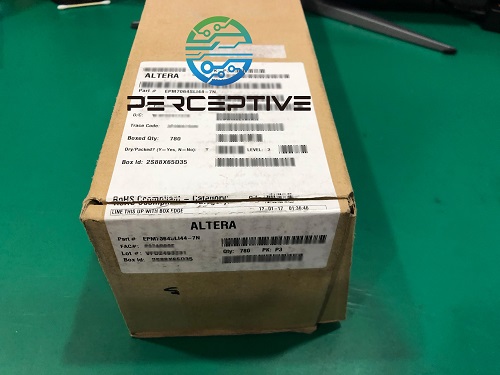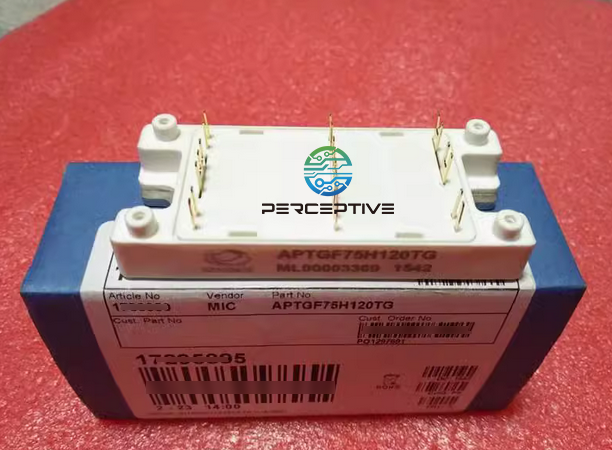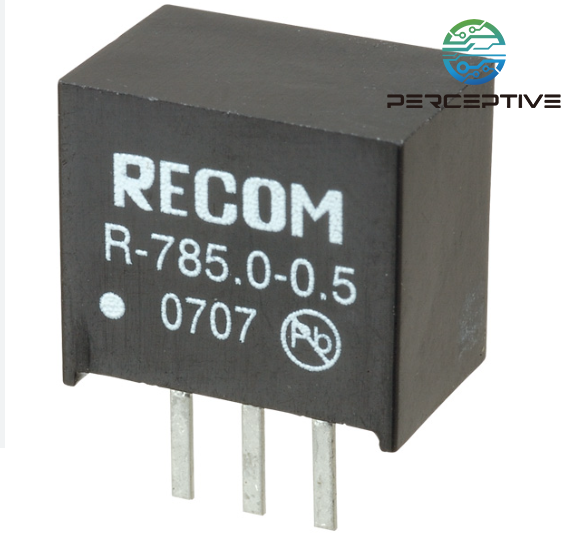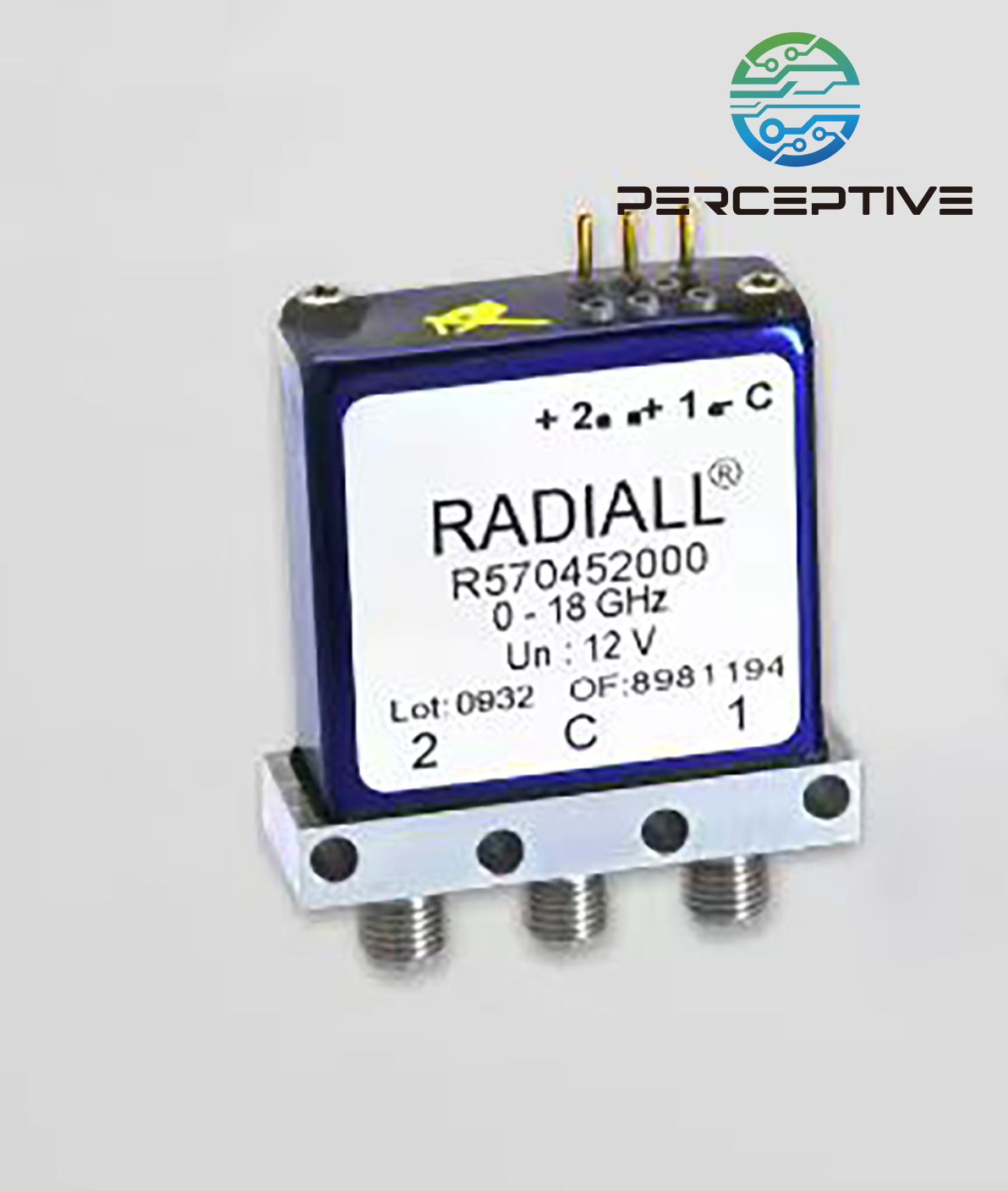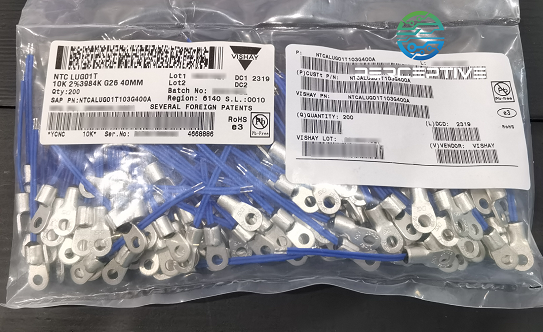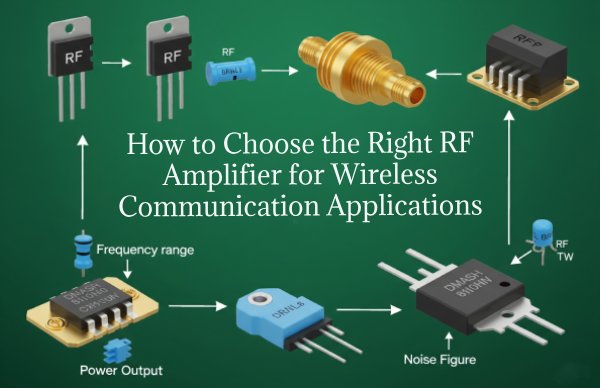Technological advances increase market demand for products, which in turn drives further technological advances. As this cycle repeats itself, expensive and rare components and products are soon reduced to cheap commodities.
And the same phenomenon applies to wireless Internet of Things (IoT) connectivity. Designing and manufacturing wireless functionality is often the playground of a few RF "wizards," even for low-volume applications. These include experts who can design circuits that operate at hundreds of megahertz, and companies that often manufacture these circuits at relatively high cost. Complete gigahertz (GHz)-range RF ICs are readily available, enabling the rapid realization of highly sophisticated wireless connectivity at low cost, in small package sizes, and with extraordinary functionality.
Vendors and users often interpret "complete" differently. While each active device requires a power supply and probably some bypass capacitors, designers may have to add more active and passive components to make it work. Thus, completeness depends on the type and number of components.
Simplifying Compliance with Complete Modules
For RF-related functions, device completeness offers more than just convenience. A complete RF solution eliminates two of the biggest challenges facing RF design:
- Ensuring compliance with the complex functional requirements of the wireless standards the circuit supports
- Streamlining the product certification process by meeting the many stringent regulations for out-of-band (OOB) emissions, electromagnetic interference (EMI) and radio frequency interference (RFI)
These design issues become more complex when the wireless chain circuitry and functionality must support multiple versions of a single standard, such as multiple Wi-Fi variants (IEEE 802.11xx). It is even more challenging when different standards must also be supported, such as Bluetooth. Even experienced designers are wary of developing a full-featured RF link that meets a single industry standard; the risk of meeting multiple wireless standards in a single chip is even greater.
Providing a Complete Solution through Modules
All of these problems can be solved by choosing Murata Electronics' Type 2BZ (LBEE5XV2BZ-883) module. It is a dual-band 2.4 GHz and 5 GHz Wi-Fi wireless LAN (WLAN) and Bluetooth transceiver module. The combined solution supports Wi-Fi 802.11a/b/g/n/ac with 2×2 Multiple Input Multiple Output (MIMO) technology, as well as Bluetooth 5.2 Basic Rate (BR), Enhanced Data Rate (EDR), and Low Energy (LE). Its physical layer (PHY) data rates are up to 866 Mbps (Wi-Fi) and 3 Mbps (Bluetooth).
Target applications include size- and power-sensitive devices such as IoT nodes, handheld wireless systems, home automation, gateways, and other devices that must comply with FCC/CE/IC/TELEC standards. The fully shielded surface-mount module weighs only 0.36 g and comes in a package measuring only 11.4 mm × 8.9 mm with a height of 1.4 mm (Figure 1).
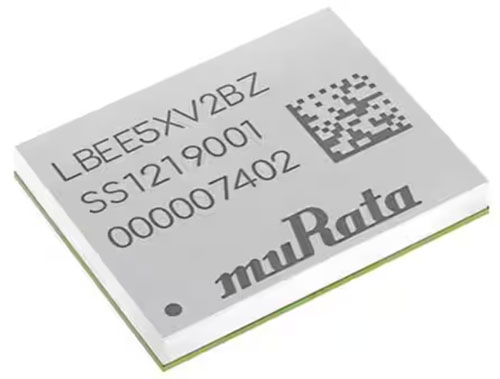
Figure 1: The fully shielded LBEE5XV2BZ-883 is a combined Wi-Fi and Bluetooth transceiver module that simplifies the implementation of wireless connectivity.
The LBEE5XV2BZ is based on Infineon Technologies' AIROC CYW54590 system-on-chip (SoC). The CYW54590 includes a transmitter RF power amplifier (PA) and a receiver low-noise amplifier (LNA) (Figure 2). The module addresses critical RF matching, filtering, and antenna interface issues. This eliminates many of the challenges associated with creating and certifying RF circuits and associated software.
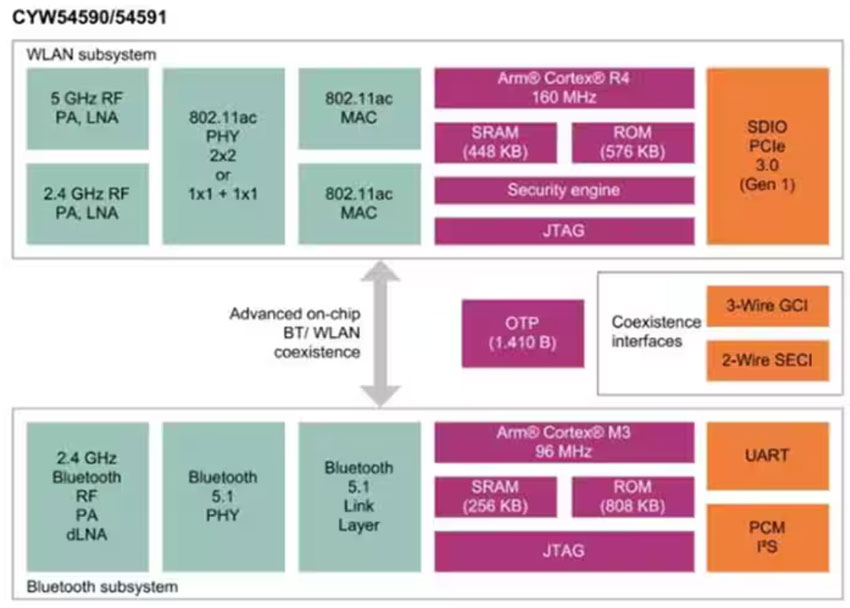
Figure 2: Type 2BZ module based on the CYW54590 Wi-Fi 5 and Bluetooth 5.1 combo SoC with on-board PA and LNA.
The module supports up to three antennas: one for Bluetooth and two for Wi-Fi, and the shared Bluetooth and WLAN receive signal path eliminates the need for an external power splitter while maintaining the excellent sensitivity of Bluetooth and Wi-Fi.
The CYW54590 not only integrates full RF functionality. The WLAN portion supports a standard SDIO interface, and the Bluetooth portion supports a high-speed four-wire host controller interface (HCI), UART, and pulse code modulation (PCM) for audio data (Figure 3).
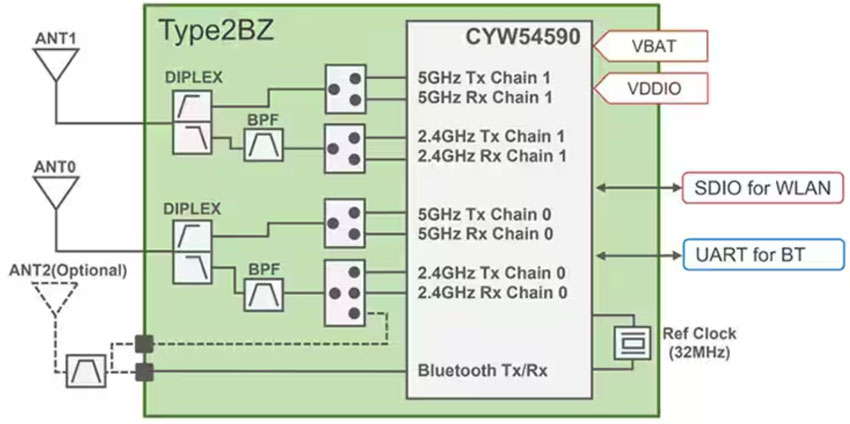
Figure 3: The Model 2BZ module provides a complete interface between the host processor and up to three antennas for Wi-Fi and Bluetooth functionality.
Equally important is the embedded operating firmware; the CYW54590 implements highly sophisticated collaborative coexistence hardware mechanisms and algorithms to optimize both Wi-Fi and Bluetooth connectivity.
Notably, another Murata module, the LBEE5XV1XA-540, adds Real Time Synchronized Dual Band (RSDB) functionality to support two concurrent Wi-Fi networks, one in the 2.4 GHz band and the other in the 5 GHz band.
The LBEE5XV1XA-540 is based on Infineon's AIROC CYW54591RKUBGT SoC and reduces latency in video/audio data streams or gateway applications.
The integrity of these modules is demonstrated by the minimal number of external components required: just a handful of standard bypass/decoupling capacitors and a few pull-up resistors for the SDIO data lines. Additionally, only two power rails are required, a 3.3 V (nominal) supply for operation and a 1.8 V or 3.3 V supply for the I/O lines, which also simplifies design introduction.
Summary
Designers no longer need to have advanced RF circuit and system skills to embed complex multi-band, multi-format Wi-Fi and Bluetooth interfaces. Murata Electronics' Model 2BZ Wi-Fi/Bluetooth transceiver module utilizes the CYW54590 combo SoC, RF matching, filters and antenna interfaces to provide a ready-to-use solution that meets regulatory and functional requirements solution that meets regulatory and functional requirements.
If you like this article, click into perceptive-ic.com to see more.

